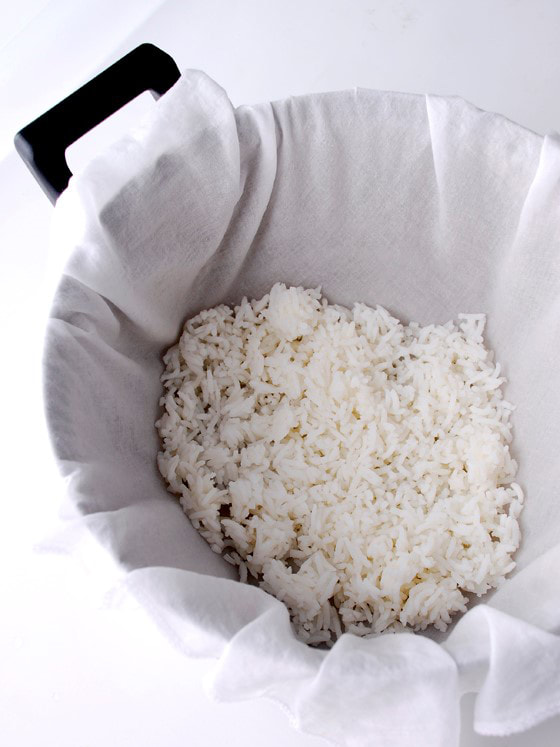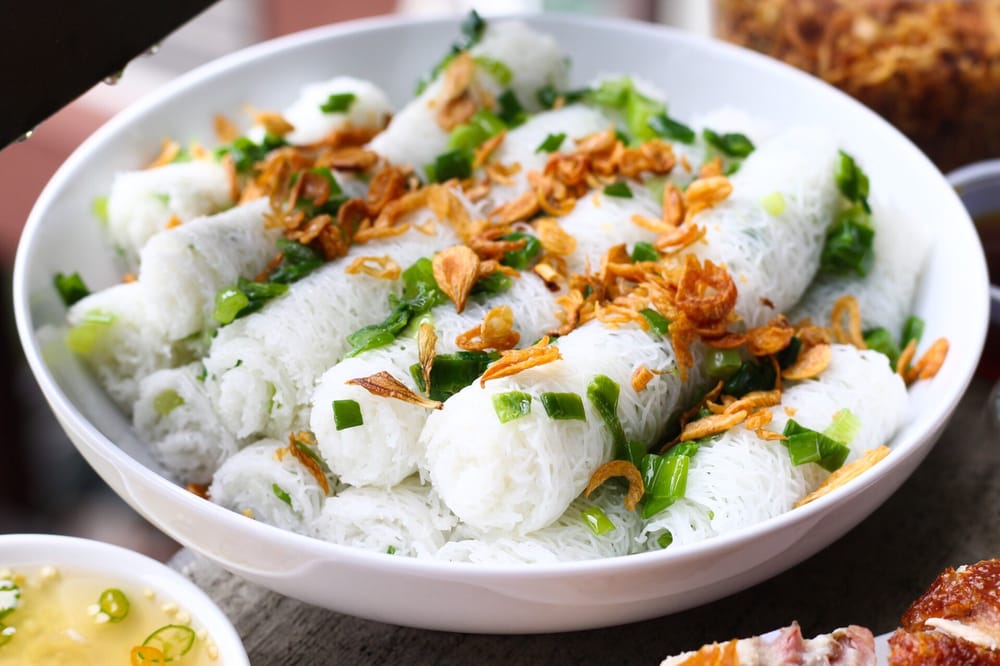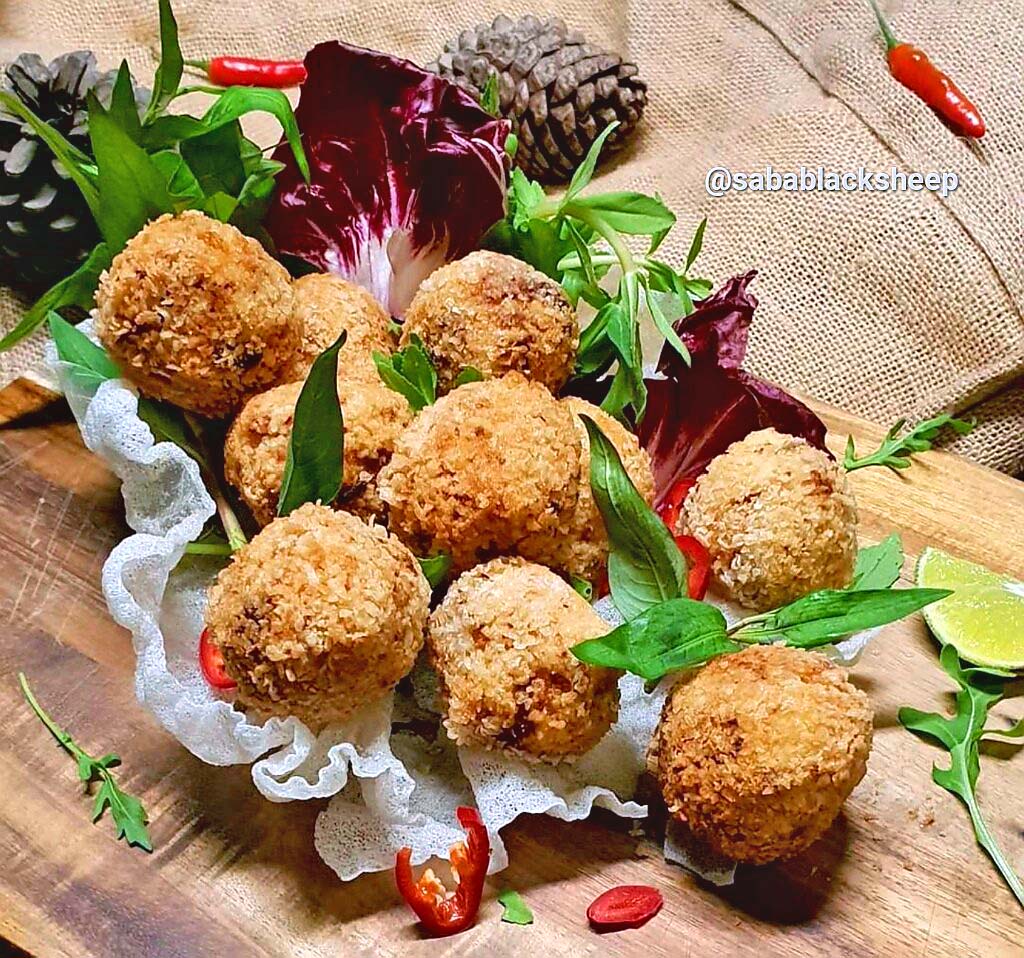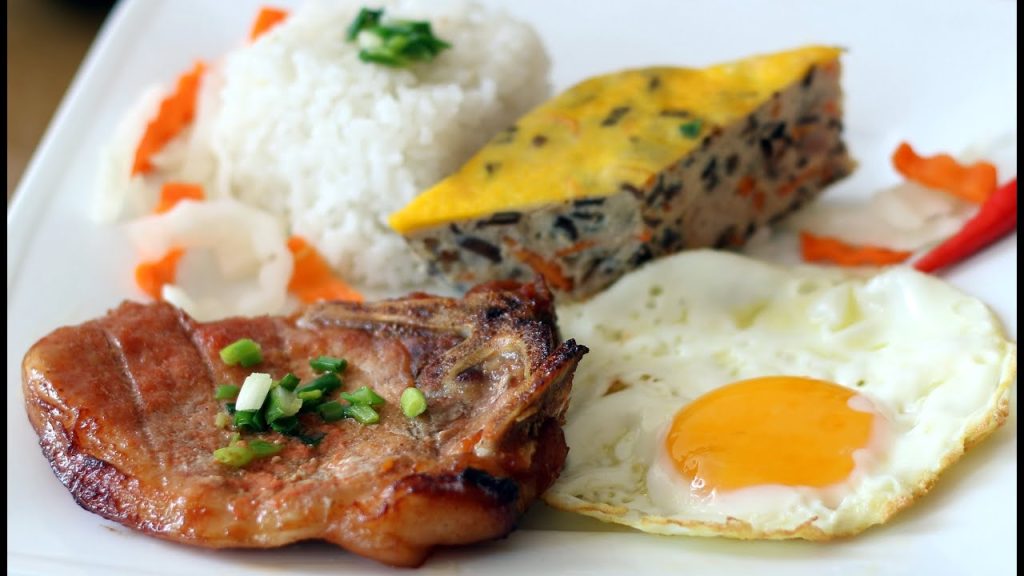Let’s imagine how the Thai people coped with the heat before ice had been introduced. Instead of having steamed rice, a common Thai dish, Thais came up with a dish called Kao Chae. Kao Chae is cooked rice which is then soaked in cold water and served with various side dishes – Parita Nobthai of @thecrafthumpy
April is the hottest month in Thailand and the temperature this year is soaring close to 44 degrees Celsius with around 70% humidity. This month is also recognised for Thai Traditional New Year and the famous Songkran (Water Festival) across the country which Thai people created to escape from the hot weather.
Let’s imagine how the Thai people coped with the heat before ice had been introduced. Instead of having steamed rice, a common Thai dish, Thais came up with a dish called Kao Chae. Kao Chae is cooked rice which is then soaked in cold water and served with various side dishes. It is believed that Kao Chae can help reduce body heat. The side dishes for Kao Chae also contains many Thai herbs that help improve blood circulation.
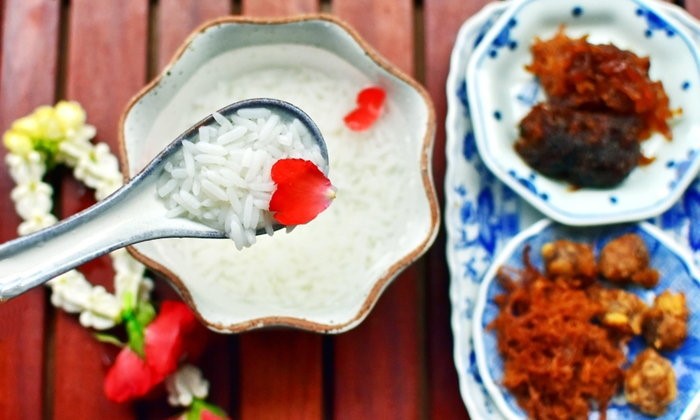
What is Kao Chae?
“Kao” means rice and “Chae” means soaking. Kao Chae is cold rice served in the hot days of summer. This dish has an influence from the “Mon” or “Peguan” from the southern part of Burma. In Mon culture, they make Kao Chae during the Songkran festival and offer it to monks and the elderly to bring themselves the best of luck in the New Year. In Thailand, the creation of Kao Chae began with the royal family and was considered as a royal cuisine. Each royal family had their own recipe to distinguish their dish from others. The dish became known to the public during the reign of King Rama Five, around 200 years ago.
Khao Chae was, in the past, eaten only in the royal court and at the homes of the affluent because it required fine ingredients, culinary craft and a lot of time. Today, however, Khao Chae has become more common and is offered at many restaurants around town (Time Out Bangkok staff writer, 2019)
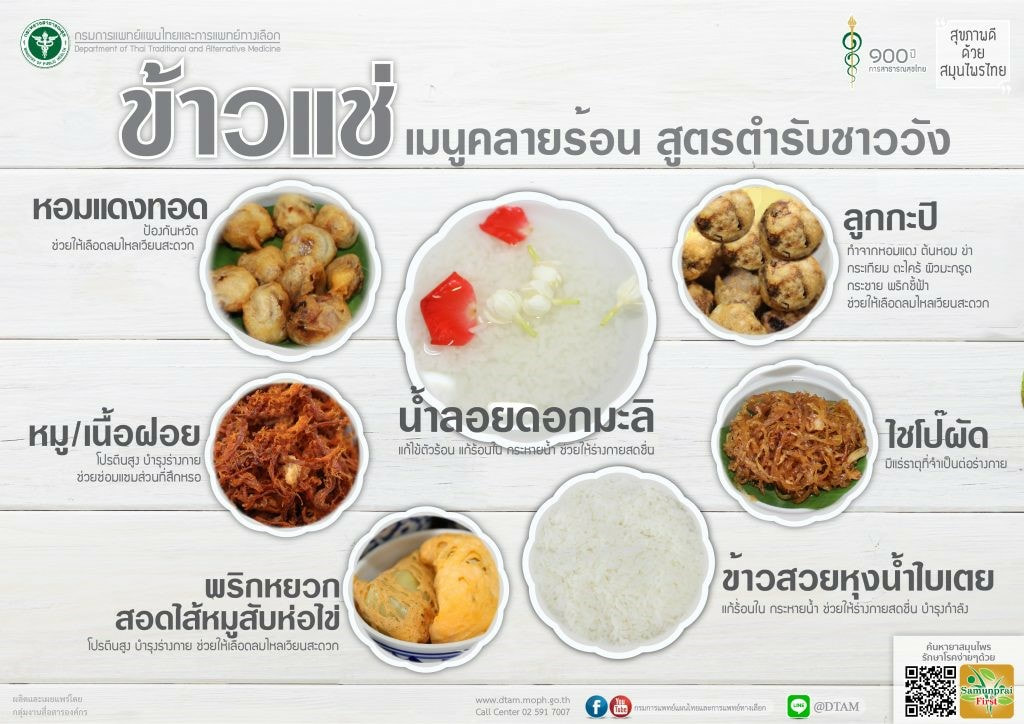
How to make Kao Chae?
The process of making Kao Chae is as fascinating as it is delicate. The recommended rice to use for Kao Chae is “old crop” because this type of rice has less moisture and the rice grains will look beautiful once it is cooked and soaked in water. In the past, Thai people kept rain water in a clay pot in order to maintain the cold temperature of the water, even in hot weather.
- Cooked rice
- Wash jasmine rice old crop by using alum to scrub rice around 3 times or until water become clear. This process is to get rid of the rice powder so it won’t make the flower-scented water dirty.
- Put rice in a straining cloth and cook it in the steamer. For this process, you need to check side of the rice grain. If it is slightly open, quickly take it off the heat.
Rinse steamed rice in cold water to get rid of the stickiness and to help it cool down
|
http://atkitchenmag.com/recipe-kao-chae-summer/
|
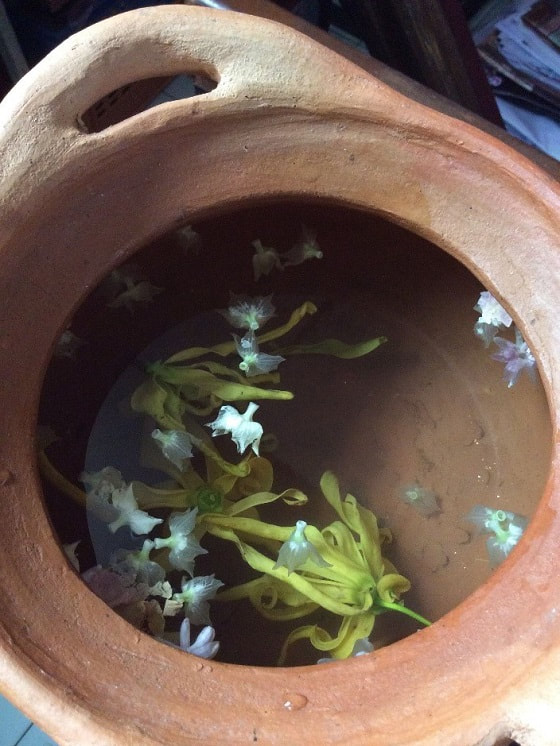 |
2. Flower-scented water
- Rain water is recommended. If you use tap water, decant it and leave it sit overnight
- 5 types of fragrant flowers are recommended – ylang-ylang, bread flower (chomanad), damask rose, white champaka and jasmine. You can also add Pandan leaves
- Clean flower and take the stem out to avoid flower resin
- Float flowers in water for 2 nights
- Light up aromatic candle to smoke flower-scented water
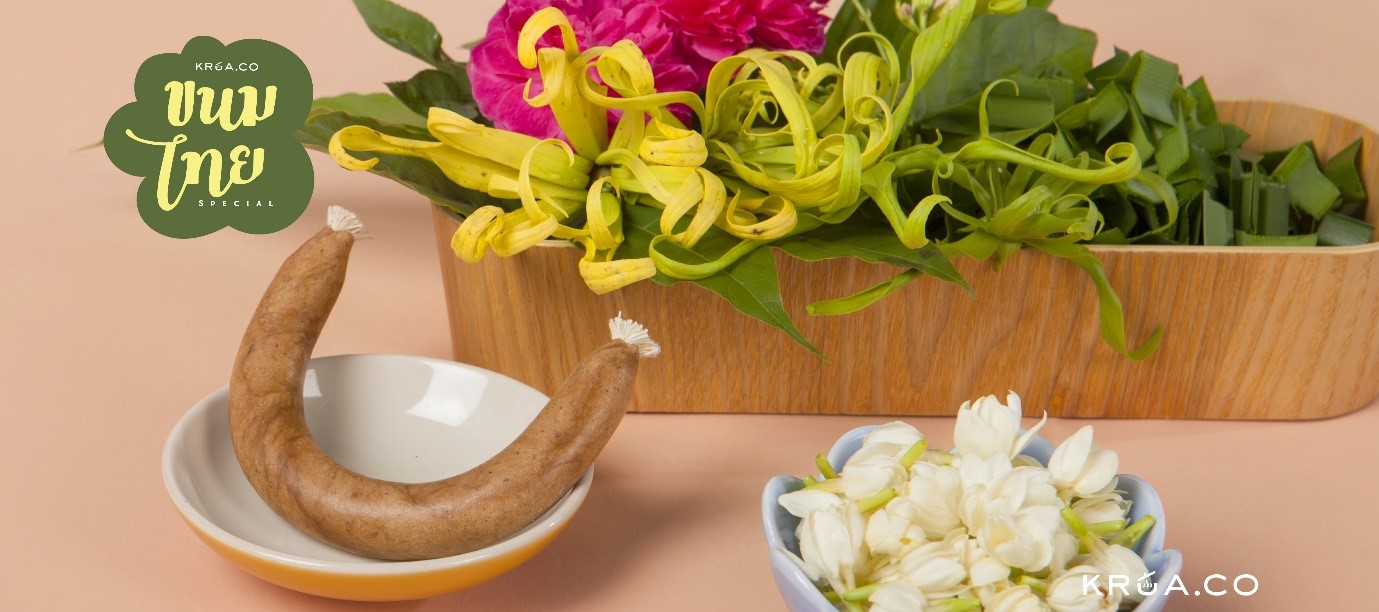
https://krua.co/cooking/cook-to-know/62/-lsquo-อบร่ำ-rsquo-กลิ่นหอมของขนมไทย
How to eat Kao Chae correctly and get the best taste from this dish?
Not many Thai people know how to eat it properly. Some people eat it like congee by adding side dishes in the rice but actually the right way to eat Kao Chae is to keep the rice and the flower-scented water clean and clear.
There are easy steps to follow to taste the best of Kao Chae
- Add flower-scented water to a bowl of cooked rice
- Eat one side dish with fresh vegetables and then follow with a spoonful of soaked rice
- It’s nice to pair deep-fried shrimp paste balls with fresh green mangoes
- It’s nice to pair young Kachai with egg-wrapped steamed green chili stuffed with minced pork or prawns
- Don’t forget to get the taste of each side dish and fresh vegetables before having the soaked rice
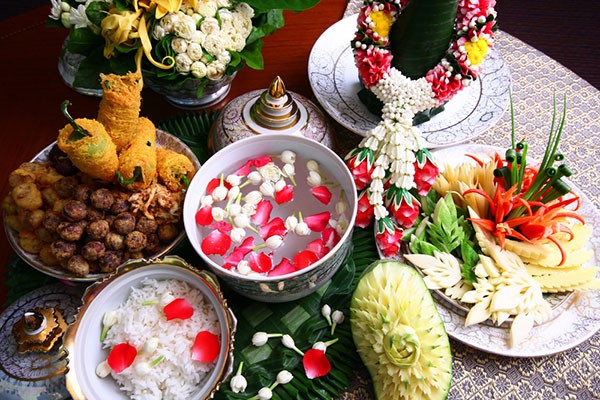
References
https://th.openrice.com/th/bangkok/article/ประวัติข้าวแช่และวิธีกินข้าวแช่ที่ถูกต้อง-a5358
https://krua.co/cooking/cook-to-know/62/-lsquo-อบร่ำ-rsquo-กลิ่นหอมของขนมไทย
https://www.timeout.com/bangkok/restaurants/where-to-eat-khao-chae-in-bangkok
https://www.travel.trueid.net/detail/9MREQlDx5zg
https://www.brighttv.co.th/lifestyle/362186
https://www.youtube.com/watch?v=Sx4q0fz7vb0
https://www.youtube.com/watch?v=cGSJEVDVdoE
https://www.youtube.com/watch?v=ZnBdmx4f9rw
https://www.sanook.com/health/10585/
“a homely place where you can get beautiful handcrafted gifts directly from the maker”



